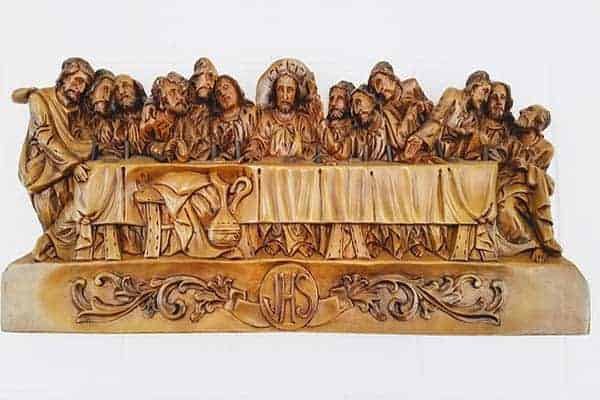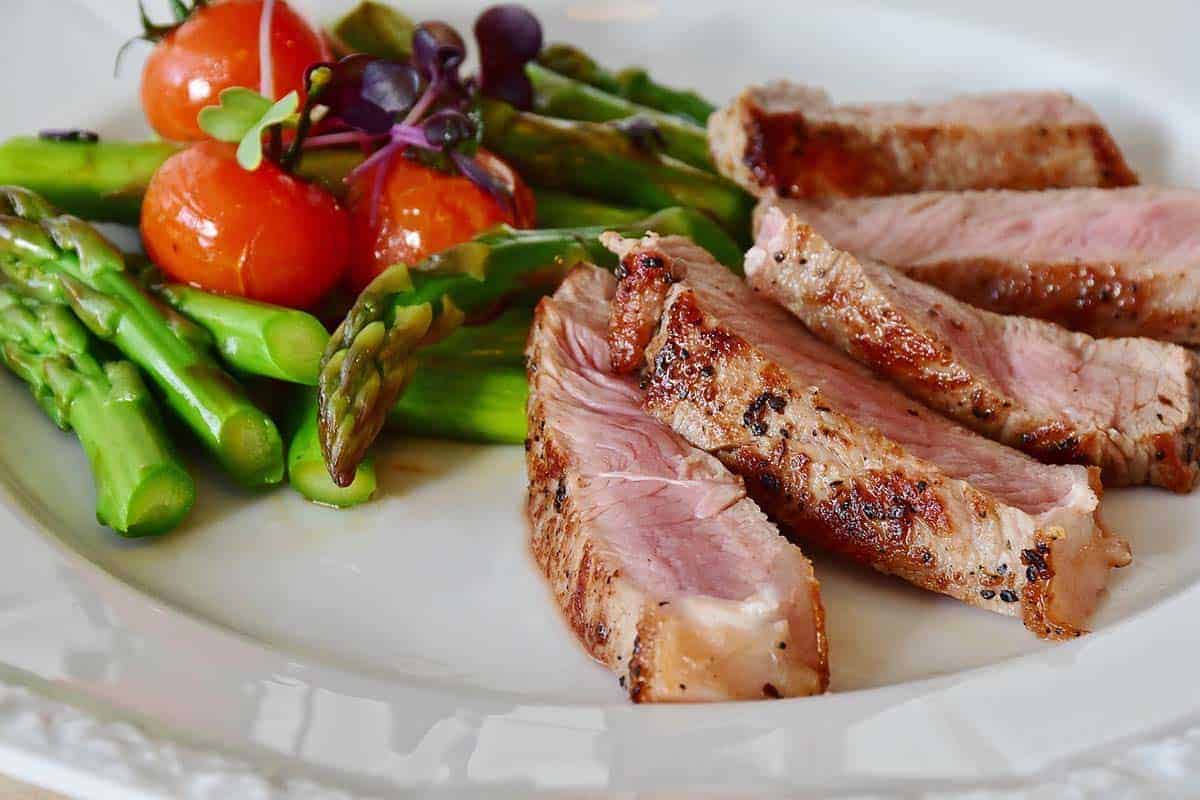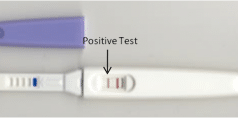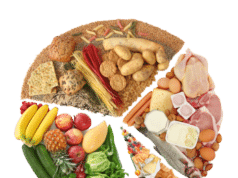Holy Thursday is simply the celebration of the Last Supper of Jesus Christ. This is a remembrance of the day He established the sacrament before he was arrested and crucified. This day is also set aside to celebrate the institution of the priesthood. This day usually takes place on Thursday that is before Easter. This day in itself certainly carries a weight of significance especially among the Catholic faithful worldwide. One question however frequently surfaces among adherents who are not particularly clear about the doctrines and practices, and that question is “can you eat on a Holy Thursday? “
Can you eat meat on a Holy Thursday?
Yes, you can. The only days Catholics don’t eat meat are Good Friday, Ash Wednesday and the Fridays in the Lent season. It is therefore imperative to state that Catholics can eat meat during Holy Week. Having said this, there are still some Catholics who do not adhere to this. Some individuals try to eat little and even abstain from meat from the Thursday of the lord’s supper to Saturday night after Easter Vigil.
What Makes Holy Thursday So Important For Christians?
For most adherents of the Christian Faith, the Holy Weeks is perhaps the most important week of the whole year. The week leads to the days celebrating the death, crucifixion, and resurrection of Jesus Christ. Several Christians look forward to these days by engaging in 40 days fasting and prayer schedule.
Also, it is believed that Jesus had His final meal with his disciples on a Thursday evening and was then arrested in the night. He was then tried arrested, condemned, crucified and killed before the morning of Friday. It is also on record according to the accounts of the Gospel that he was raised from the dead three days after.
What happened on Holy Thursday?

This day is perhaps one of the most important days in the life of Christ. According to the gospels, it was on this day that Jesus sent John and Peter to make arrangements for the use of the upper room. It was also on this day that Jesus washed his disciples’ feet and instituted the priesthood. In addition to this, it was on good Thursday that Jesus gave the commandment of loving one another and also made known the fact that Peter would deny him. Furthermore, it was on Holy Thursday that Jesus ascended the Mount Olives, sang a hymn, was betrayed by Judas, Healed Malchus’s ear, was denied by peter and taken away by Pontius Pilate.
What are the things that happen on this day liturgically?
There are several things which happen liturgically on this day among which include; the holding of the mass of the Lord’s Supper, the celebration of Chrism Mass by the Bishop. Also, the tabernacle gets emptied while the Eucharist gets placed in a position of repose. Furthermore, the Church altar is stripped while the faithful are asked to come in.
Why Holy Thursday sometimes is referred to as Maundy Thursday?
The word Maundy refers to a derivative of the Latin word Mandatum which also means mandate. The word can be seen in the Latin translation for John 13:34 which states “A new commandment I give unto you, that ye love one another as I have loved you.” The day is thus sometimes referred to as Maundy Thursday because it was on this same day that Jesus gave the new commandment to love one another as he loved us.
What is the significance of the rite of foot washing?
Even though some people have interpreted the rite of feet washing a symbolic one which reflects the creation of the institution of the priesthood, the interpretation cannot be found in the original documents of the church. Documents of the church like the Paschales Solemnitatis interpreted it as a symbol of charity and service. This rite is however optional and as such must not be carried out.
For a long time, only the feet of men were permitted to be washed by the Holy See. However, recently younger males and females have been permitted to have their feet washed as well.
A Few Interesting Things About The Holy Week
The Holy Week according to the Christian faith is simply the week that comes before Easter. The earliest origin of this week can be traced to the Apostolic Constitution which dates back to the latter part of the 3rd and 4th centuries. During this period, abstinence from flesh is greatly commanded while it is expected that on Friday and Saturday, a total fast should be in place.
There is however some doubt as regards the legitimacy of one of the ordinances attributed to Constantine who declared that public business was to be abstained from for the seven days before Easter. This also applies to the seven days after it.
In the Western Church of Today, among the Methodists, Lutherans, Anglicans, Catholics, and Presbyterians, the same liturgies are used during the Holy Week. Also, in the Moravian church, the Holy week sees extensive services because the congregation attempts to follow the life and times of Christ. This is done via his last week using daily services that are devoted to the readings from different gospel stories. Also, the congregation will respond using prayers, hymns, and litanies which all start from the day before Palm Sunday.
What Is The Practice For The Holy Week In Western Christianity?
In western Christianity, the Holy week starts with the Palm Sunday which is also referred to as Passion Sunday. This day signifies the triumphant entry of Christ into the city of Jerusalem. According to biblical accounts, this triumphant entry into the city was observed by crowds present who wave the palm branches and sang praises.
In several Liturgical denominations, the celebration of the savior’s entry into Jerusalem is accompanied by palm leaves. This blessing ceremony also entails the reading of the gospel on how Christ came into Jerusalem using a donkey. This was symbolic of the triumphant entry of David and how people placed different branches on the floor before him. From here He begins His journey to the cross.
From Holy Monday To Spy Wednesday
Between Holy Thursday and Palm Sunday is referred to as Holy Monday, Holy Tuesday and Spy Wednesday. There is not much clarity as regards what happens during these days, however, there are certain activities observed to celebrate certain events during the last days of Christ’s life.
Tenebrae
This is a Latin word that stands for darkness or shadows and is usually celebrated among western Christians during the evening before Maundy Thursday. This day usually witnesses the gradual switching off of candles during the process of reading a series of psalms. These services are usually celebrated by several parishes of the Roman Rite of the Catholic Church and so on.
Furthermore, in the Catholic Church, the name Tenebrae is the nomenclature given to the celebrating certain ceremonies such as Lauds and Matins.
It is worthy of note that on Maundy Thursday, the private celebration of Mass is not allowed. Hence, except the “Chrism Mass” which is for blessing the Holy Oil which is celebrated by the Diocesan Bishop on Holy Thursday Morning? Also, the Mass of the Last Supper of Christ where the priesthood is instituted takes place here.
Conclusion
By now you know that you can eat meat on a Holy Thursday even though there are other days when meat is prohibited. But more importantly, it should be noted that other unique features make Holy Thursday and the Holy week in its entirety unique. Understanding this fact as we have taken out time outline here makes your senses come alive.
You May Like These Articles As Well:









